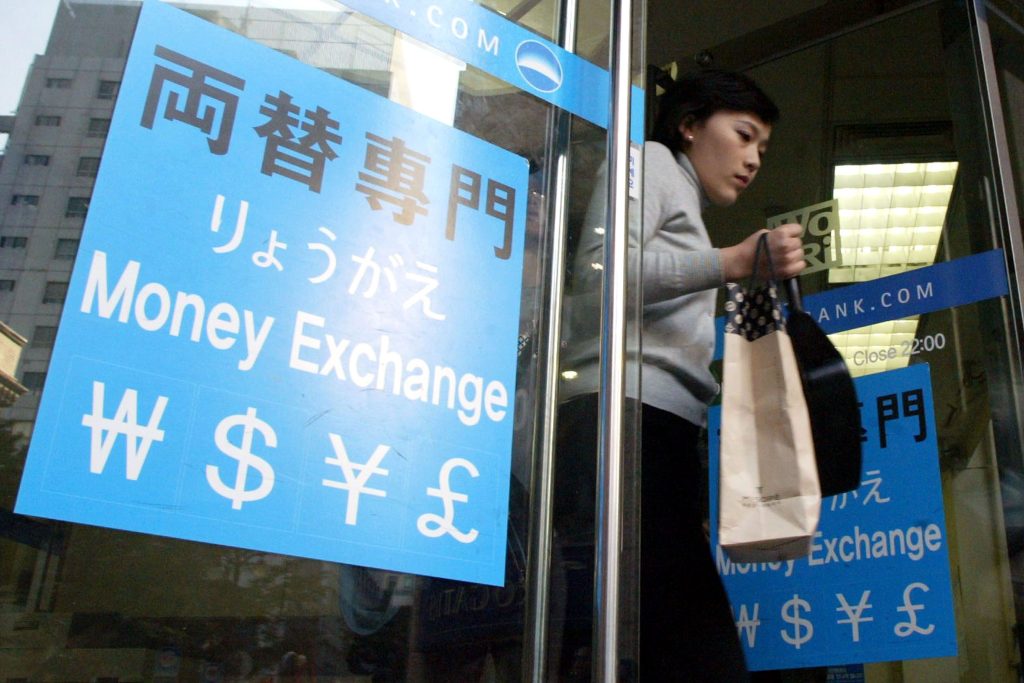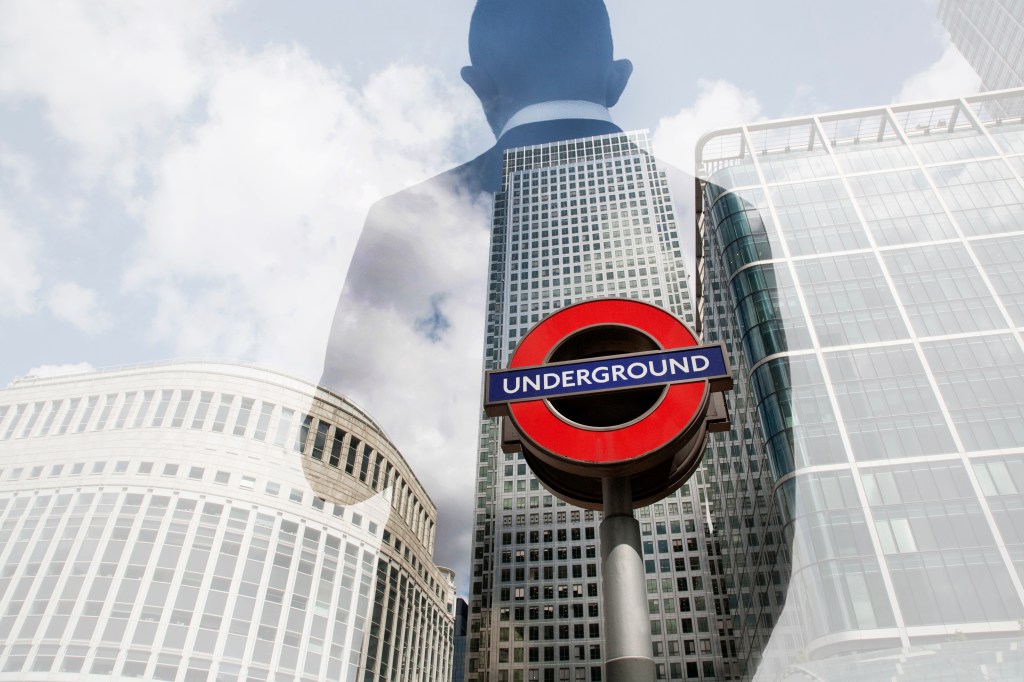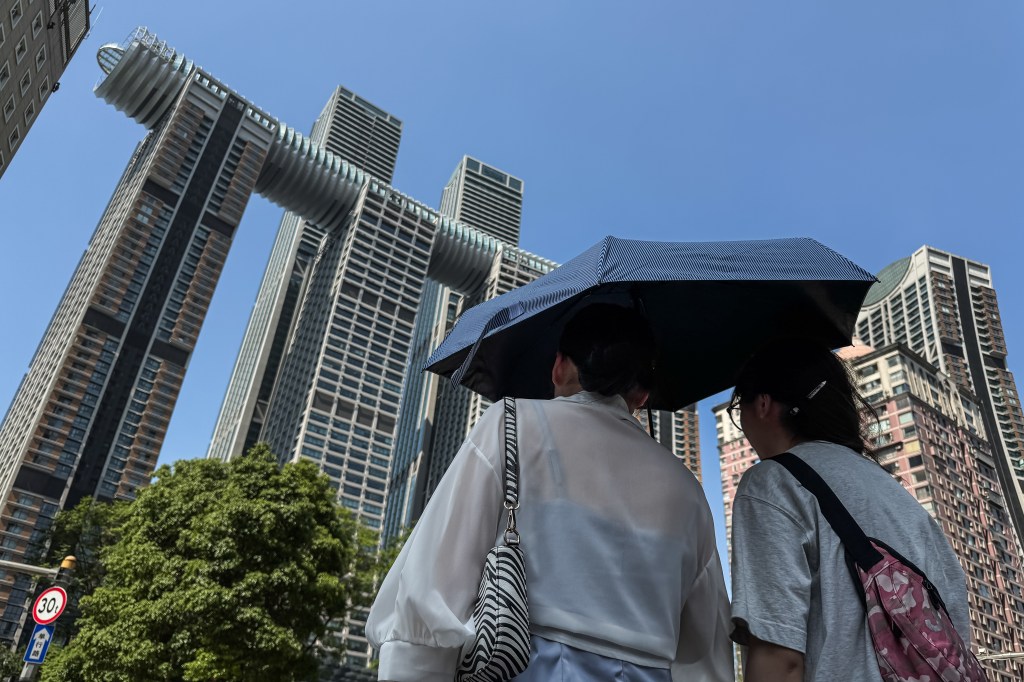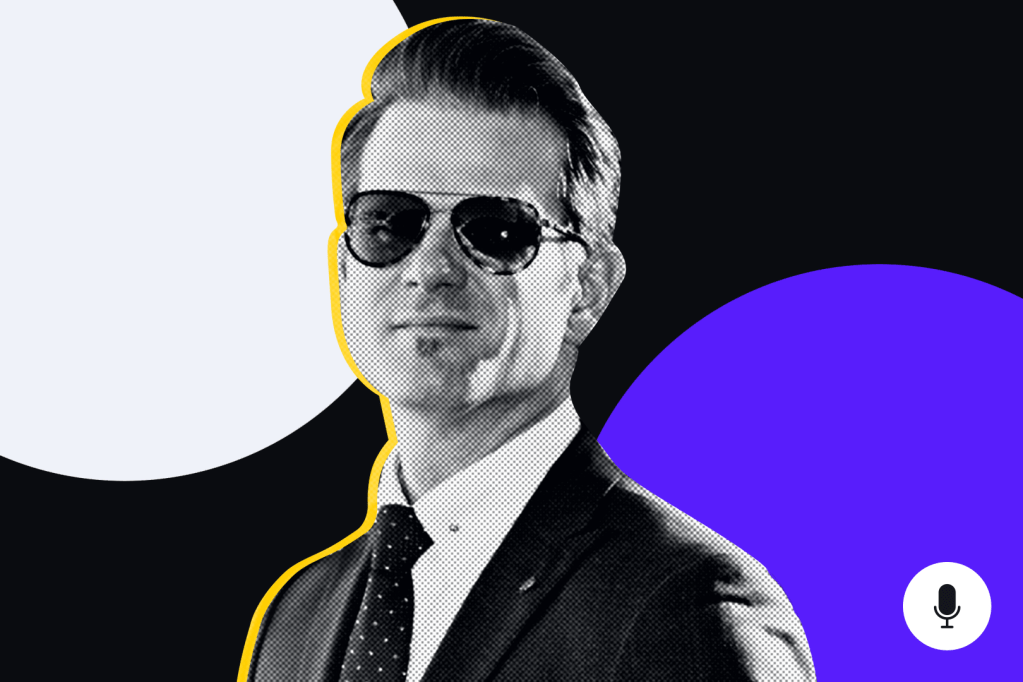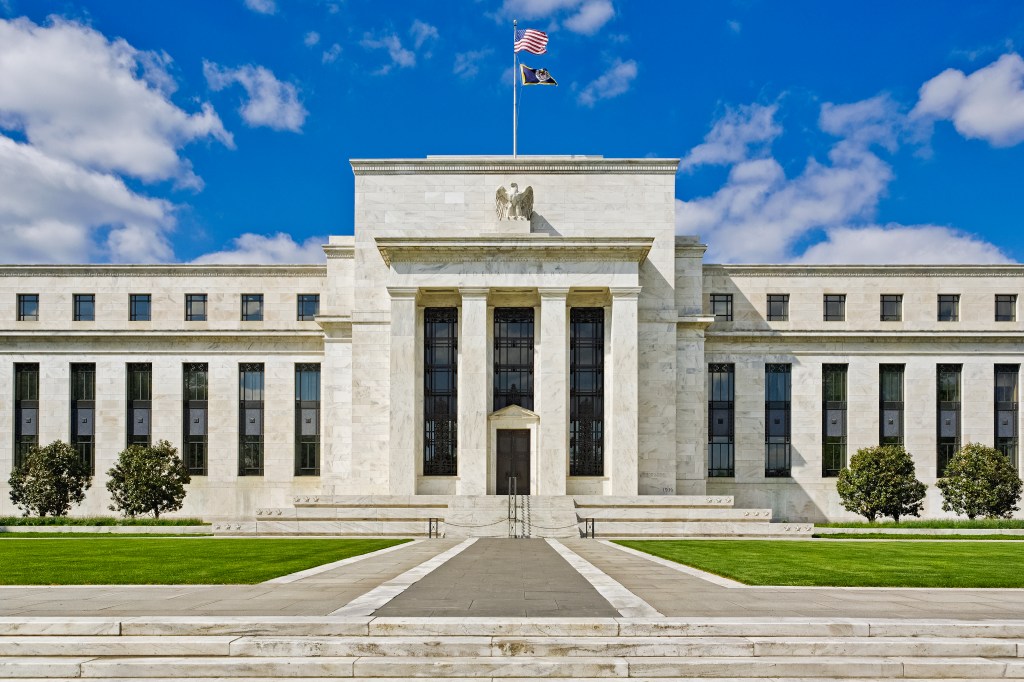Every year, the Federal Reserve subjects the balance sheets of large banks to a Comprehensive Capital Analysis and Review. This is a stress test modeled on hypothetical economic downturns. The stress tests and their pendant requirements were first mandated by the Dodd-Frank Act in the wake of the 2007 financial crisis.
Register for free to keep reading
To continue reading this article and unlock full access to GRIP, register now. You’ll enjoy free access to all content until our subscription service launches in early 2026.
- Unlimited access to industry insights
- Stay on top of key rules and regulatory changes with our Rules Navigator
- Ad-free experience with no distractions
- Regular podcasts from trusted external experts
- Fresh compliance and regulatory content every day


